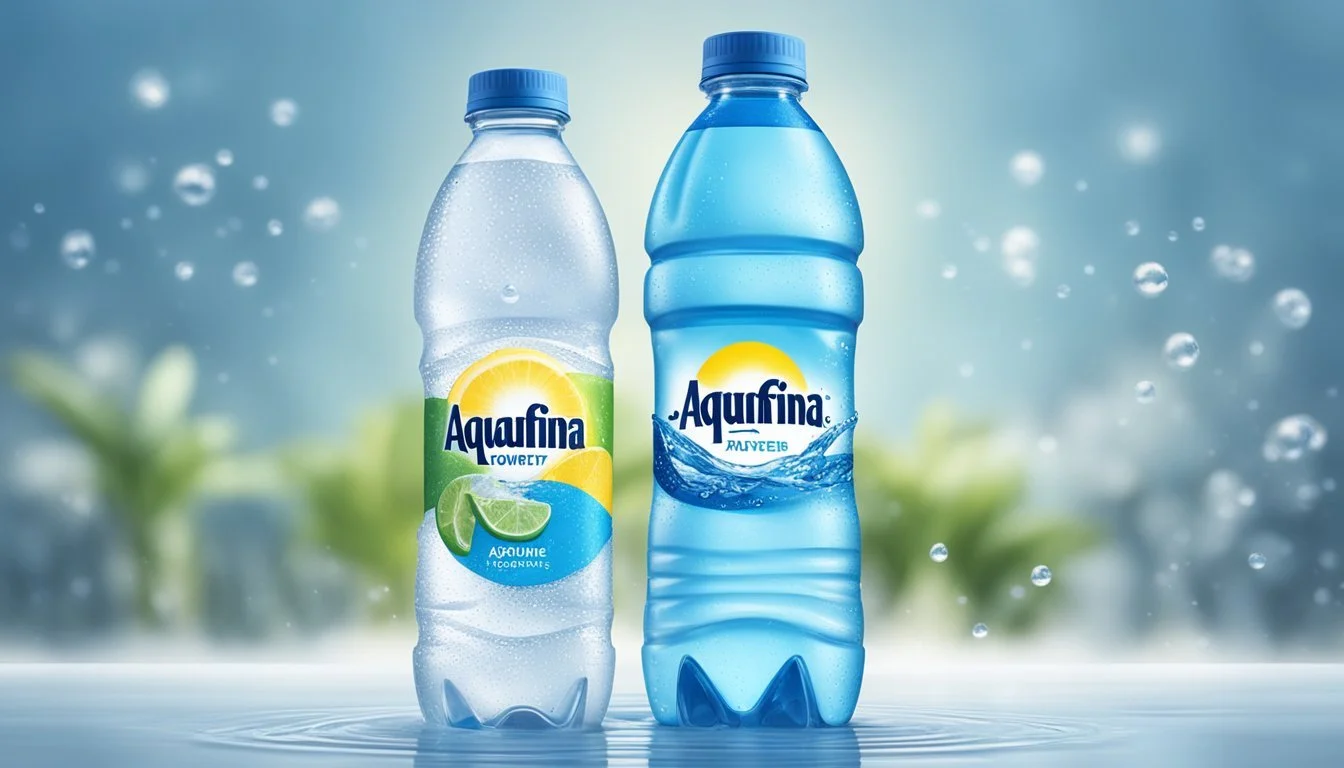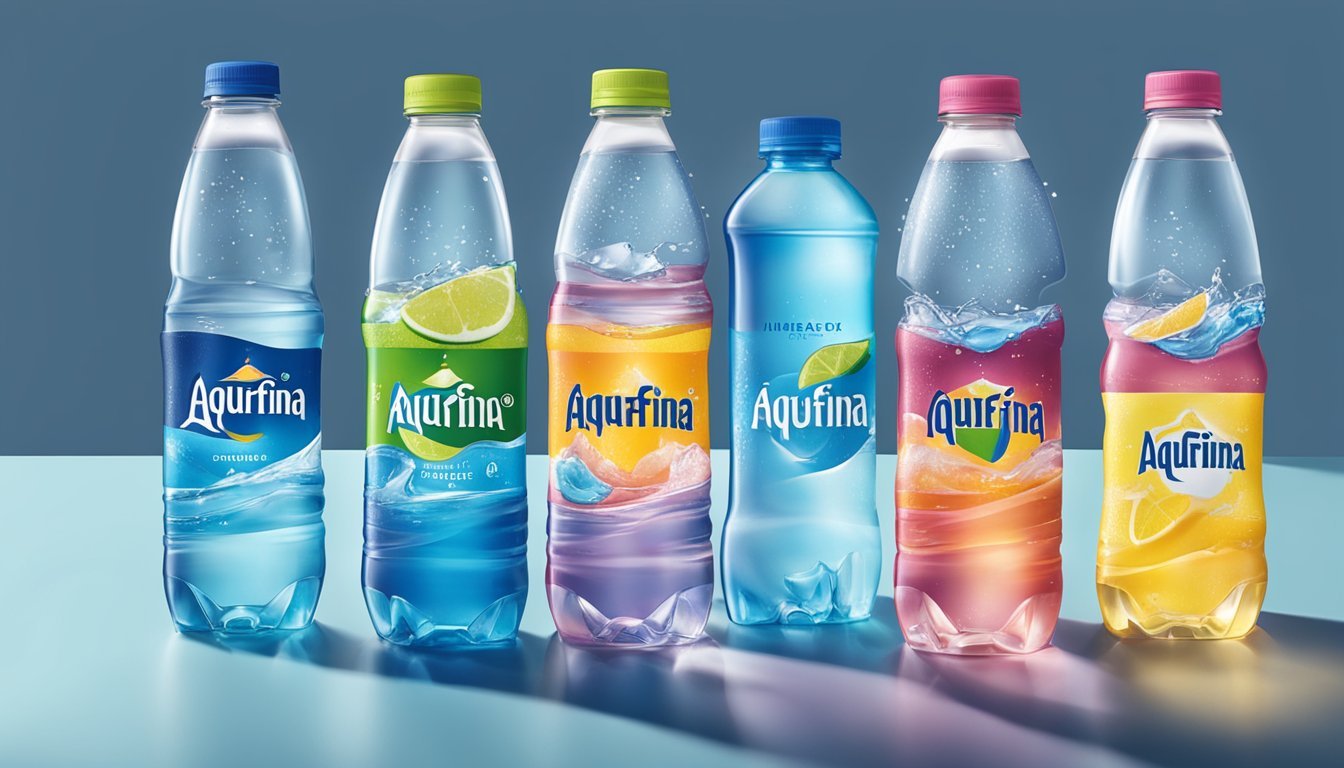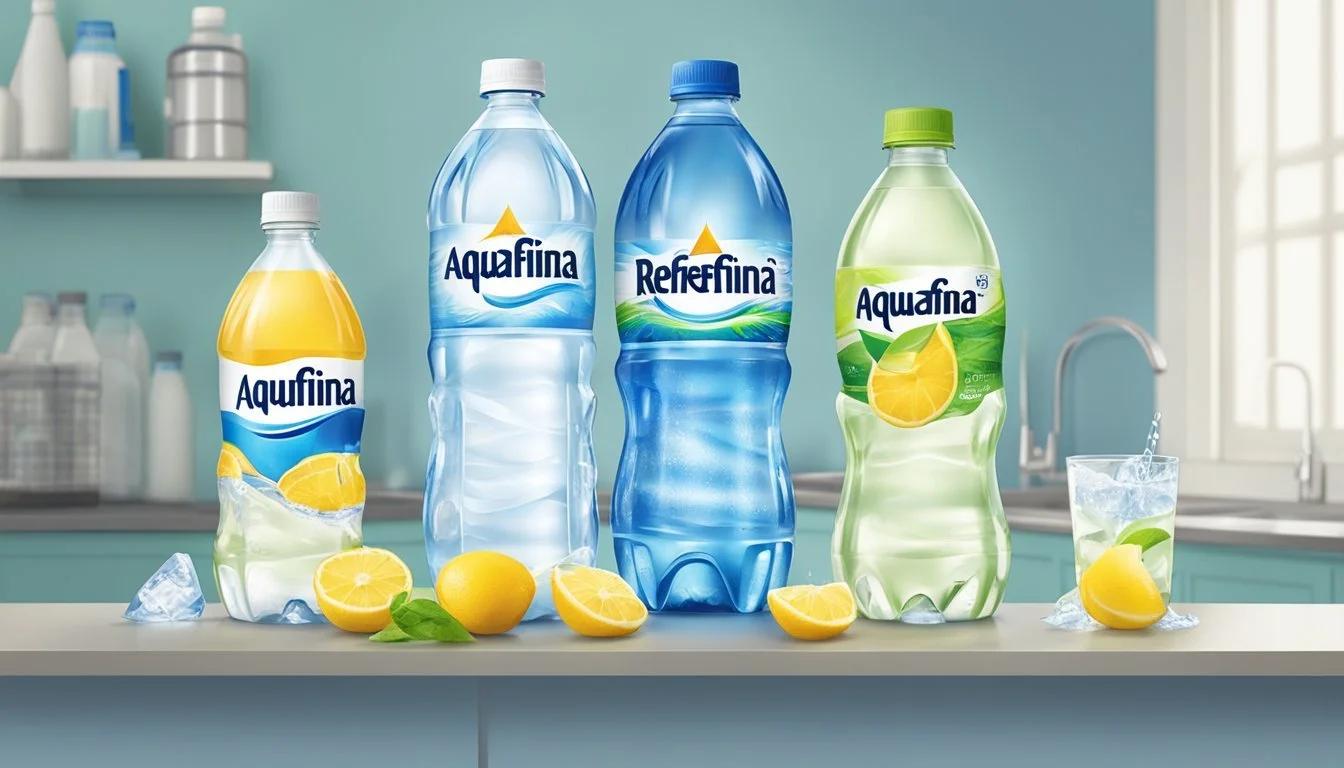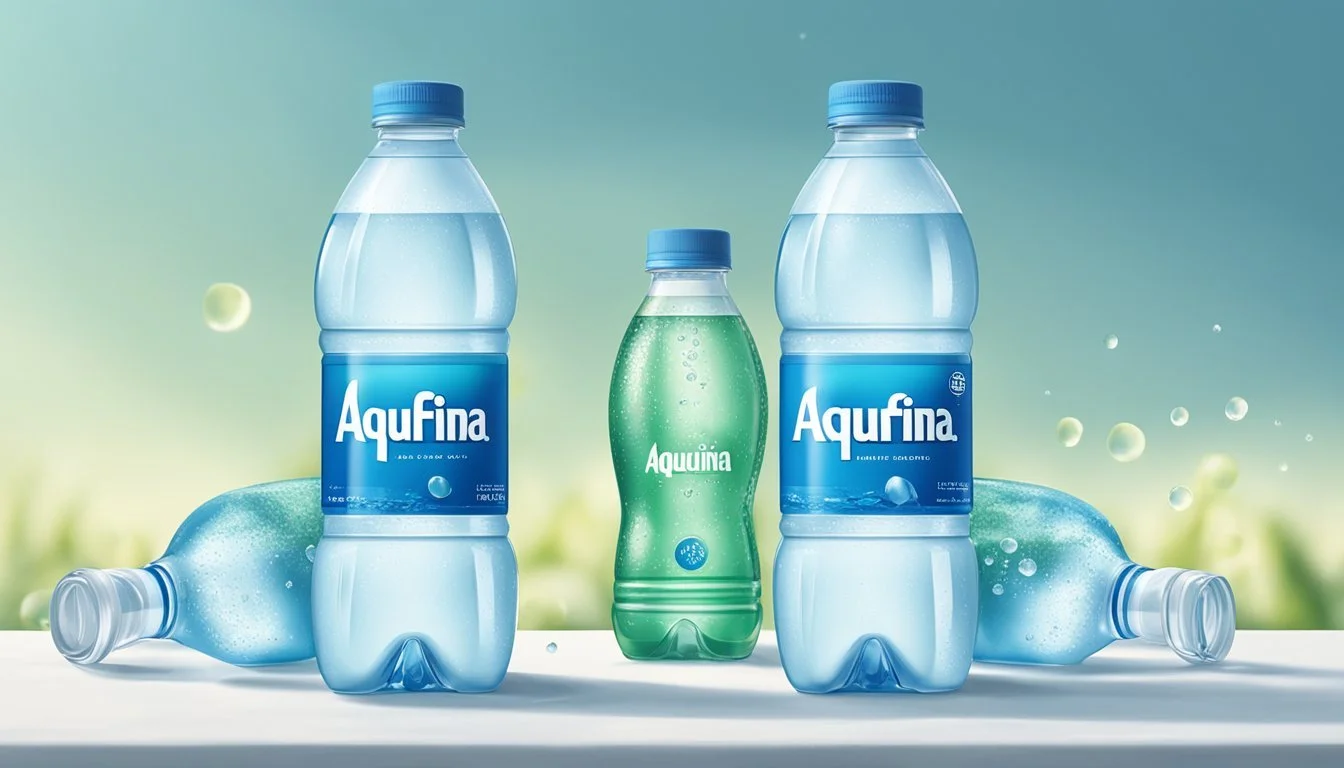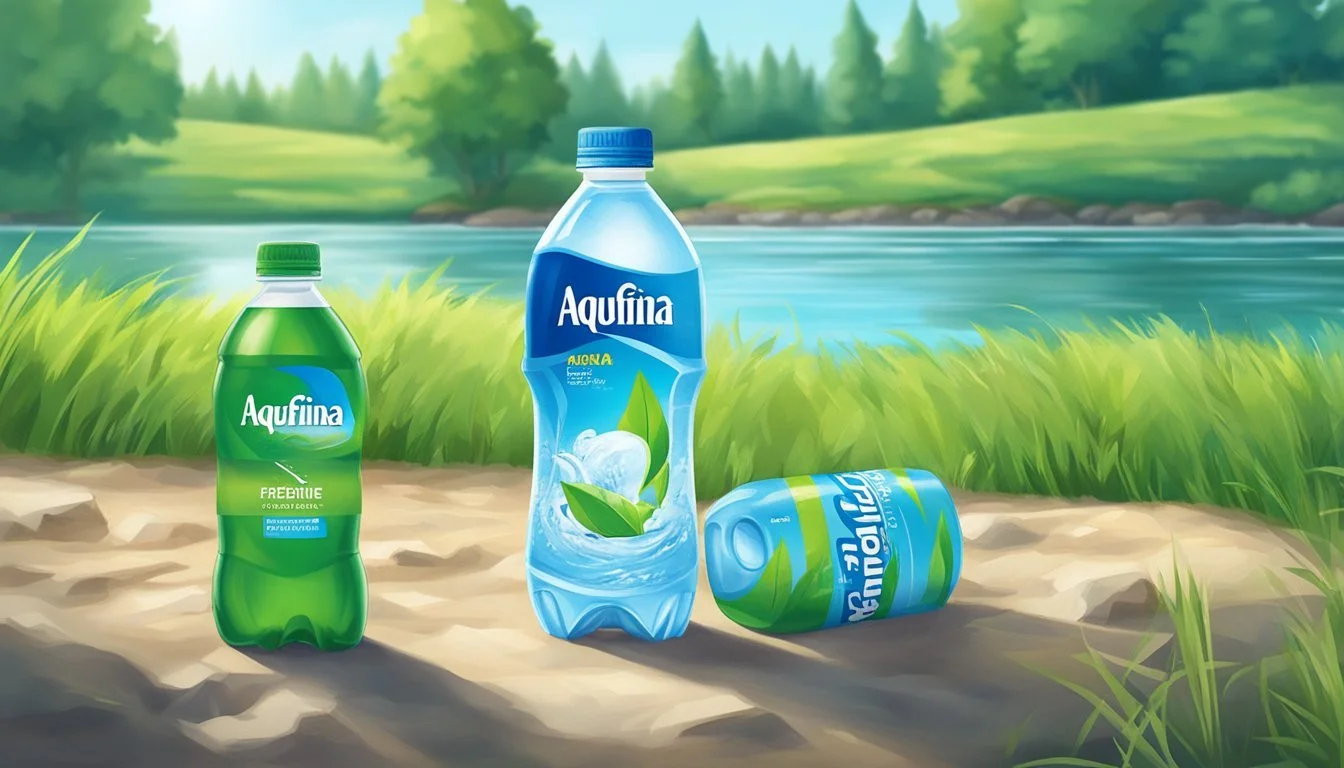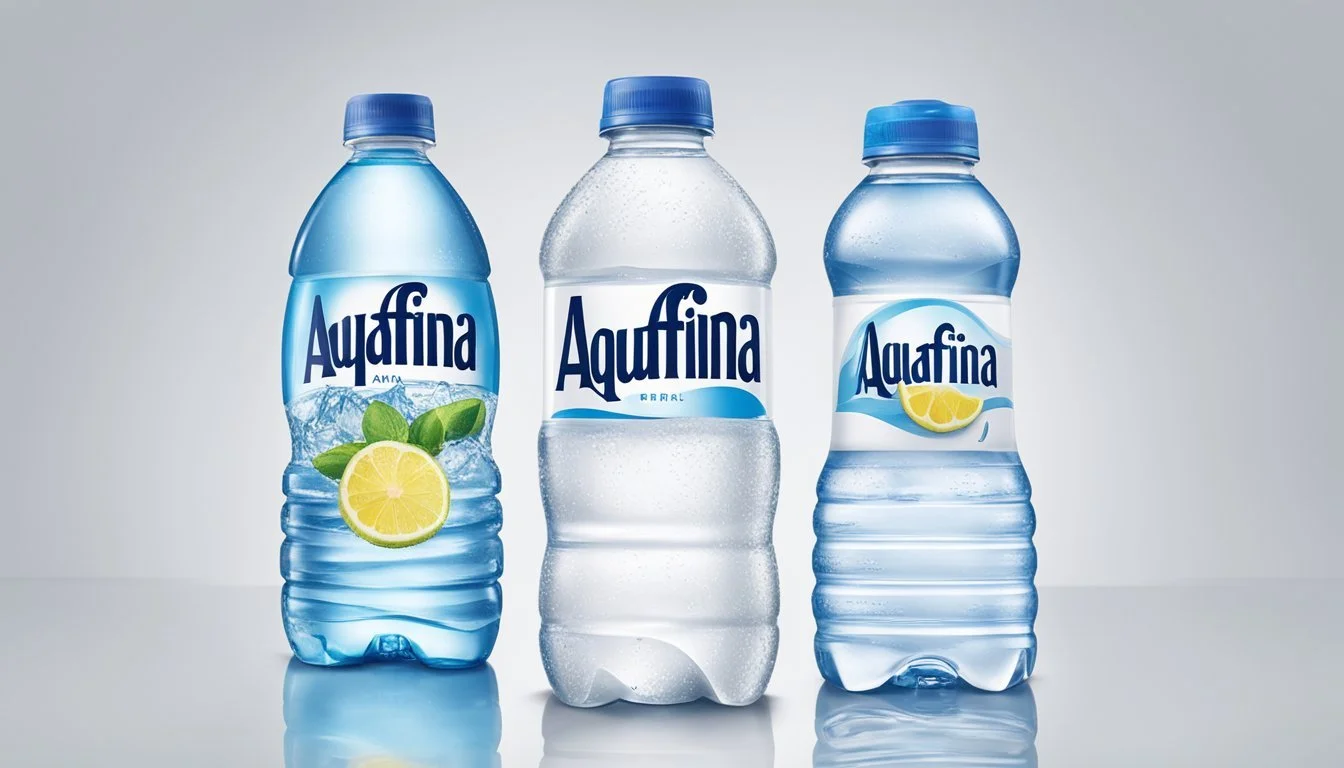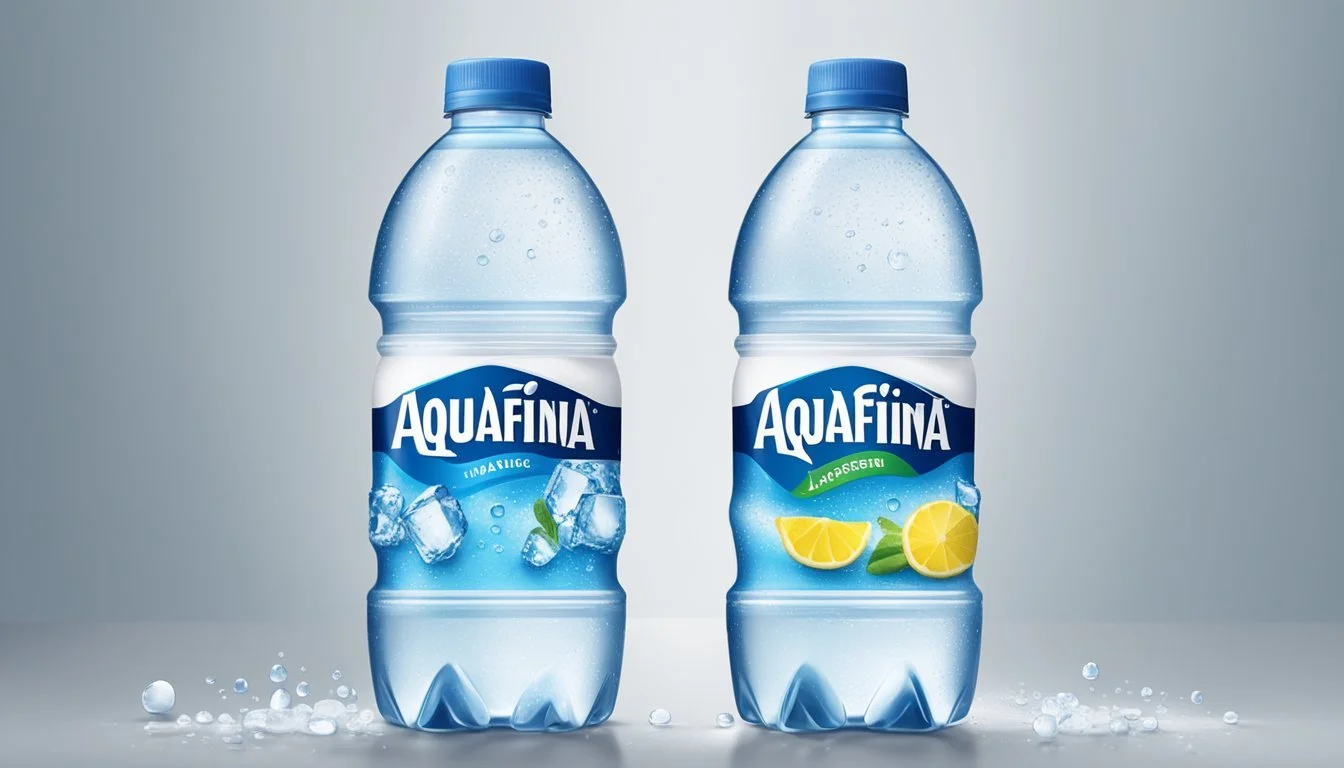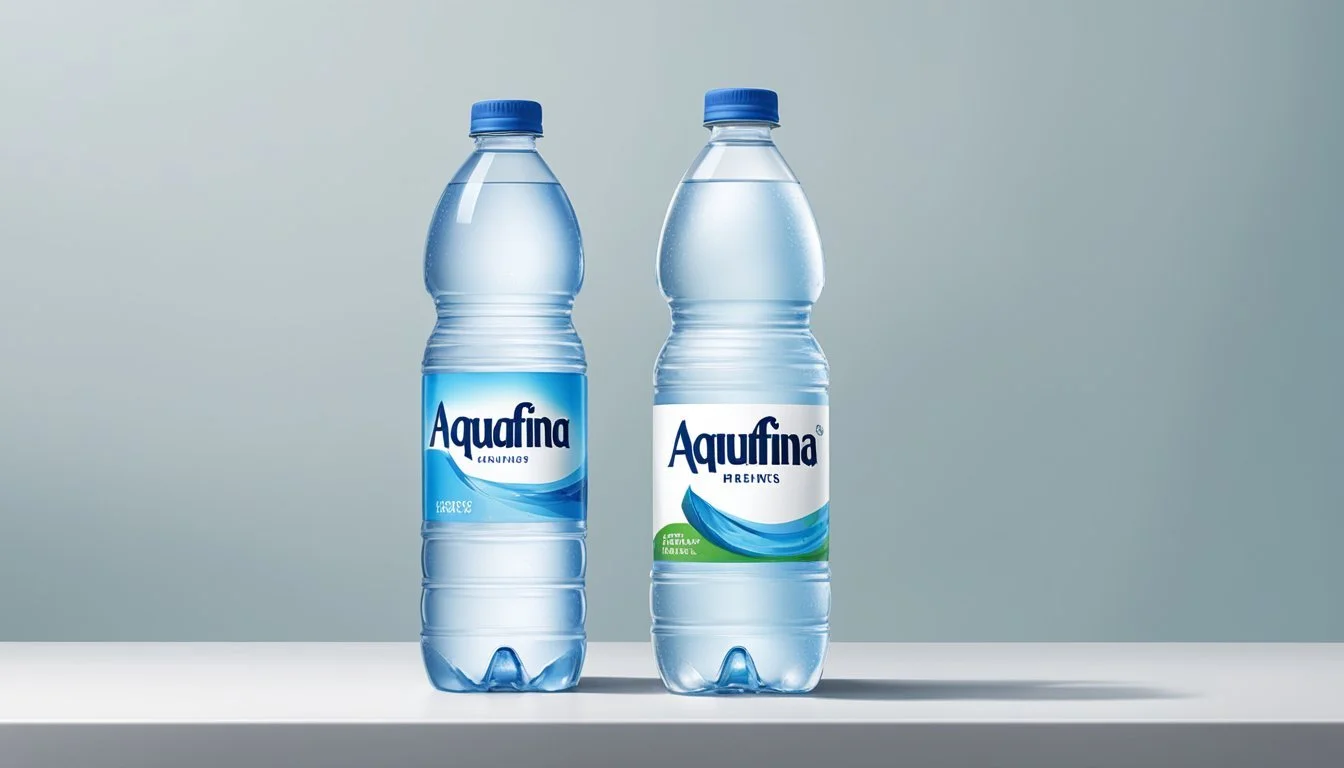Aquafina vs. Refreshe
Comparing Purity, Taste, and Value
When it comes to choosing between Aquafina and Refreshe, water enthusiasts often find themselves in a bit of a conundrum. Each brand has its own unique attributes that appeal to different aspects of hydration needs and taste preferences. Aquafina, a product of PepsiCo, is known for its stringent purification process and consistent quality. Its clean, crisp taste has made it a favorite for those who prioritize purity in their bottled water.
In contrast, Refreshe, a brand associated with Safeway Inc., offers a more accessible option that competes well on price without compromising much on hydration quality. Some consumers appreciate its balanced taste, viewing it as a reliable choice for everyday consumption. The debate often circles around the subtle differences in taste and the perceived value of each brand in terms of cost and accessibility.
From a hydration standpoint, both Aquafina and Refreshe fulfill the basic requirement of providing clean, refreshing water. However, the choice might ultimately come down to individual preferences regarding taste and brand trust. By examining factors such as purification processes, taste profiles, and overall consumer satisfaction, readers can make an informed decision on which brand might better suit their needs for quality bottled water.
History and Background
The competition between Aquafina and Refreshe in the bottled water market has deep roots in the evolution of the industry, reflected in their origins and growth strategies.
Evolution of Bottled Water
Bottled water has transformed from a luxury to an everyday commodity. Early bottled water brands emerged in the 19th century, catering primarily to affluent consumers. In the late 20th century, increased health awareness and concerns over tap water safety spurred mass-market growth.
Technological advances like reverse osmosis and various filtration methods set new standards for purity. Companies began labeling water based on its source, such as spring or purified water. The market diversified rapidly, leading to the prominence of major brands like Aquafina and Refreshe.
Aquafina and Refreshe Origins
Aquafina, launched by PepsiCo in 1994, started in Wichita, Kansas. With a rigorous HydRO-7 purification process, it quickly gained traction as a brand synonymous with purity and reliability. Aquafina’s focus has been on stringent quality control, promoting its purified status over natural spring sources.
Refreshe, a private label brand introduced by various retailers, including Safeway, targets budget-conscious consumers. It leverages local sources and standard purification techniques to offer a cost-effective alternative. While lacking the brand dominance of Aquafina, Refreshe has carved out a significant market share through affordability and accessibility.
Water Sources and Quality
Aquafina and Refreshe both claim to provide high-quality bottled water, yet they source and process their water differently. This impacts the taste, purity, and overall consumer preference.
Exploring the Sources
Aquafina, a product of PepsiCo, is purified water sourced from public water supplies. After collection, it undergoes a sophisticated purification process involving reverse osmosis and other filtration techniques to remove impurities, ensuring a consistent and clean product.
On the other hand, Refreshe, often distributed through major retailers, also sources its water from municipal supplies. It then purifies this water using techniques such as carbon filtration, reverse osmosis, and ultraviolet disinfection to achieve a similar level of purity.
Quality Assessment
Aquafina boasts a rigorous purification process, including a 7-step HydRO-7 filtration system, which PepsiCo claims removes more contaminants than standard methods. This thorough process ensures that Aquafina is free from harmful substances and has a consistent, clean taste.
Refreshe matches this dedication to quality with its own set of purification steps, including advanced filtration and disinfection. While both brands start with public water sources, their dedication to extensive purification processes ensures high-quality bottled water.
Both companies aim to offer products that are safe and pleasant to consume, but the choice between the two often comes down to personal preference in taste and brand loyalty.
Health and Safety Standards
Both Aquafina and Refreshe are subject to stringent health and safety standards to ensure the water is clean and safe for consumption. These standards are regulated by federal agencies and focus on contaminants and overall purity.
FDA and EPA Regulations
Bottled water, including Aquafina and Refreshe, must comply with regulations set by the FDA. The FDA ensures that bottled water safety meets standards comparable to the EPA's regulations for tap water.
Key regulations include:
Limits on contaminants such as bacteria, lead, nitrates.
Requirements for sanitation and source water protection.
Proper labeling to ensure consumers are informed about the water source and treatment methods.
These regulations aim to safeguard public health and guarantee the purity of bottled water.
Contaminants and Purity
Aquafina uses a seven-step HydRO-7 filtration process to significantly reduce contaminants. This process includes steps like activated carbon and reverse osmosis to remove impurities.
Refreshe also employs multiple filtration techniques, including reverse osmosis, to ensure purity. Both brands are regularly tested for contaminants such as:
Lead: Regular monitoring ensures levels are below the federally mandated limits.
Bacteria: Stringent microbial testing ensures the absence of harmful pathogens.
Chemical Contaminants: Regular checks for pesticides, herbicides, and industrial chemicals.
Ensuring low levels of contaminants and maintaining high water purity protects consumer health and safety.
Taste and Content
Aquafina and Refreshe are two popular bottled water brands that differ significantly in their mineral content and taste profiles. Understanding these differences can help consumers make an informed choice.
The Role of Minerals
Mineral content is crucial in determining the taste of bottled water. Aquafina undergoes a rigorous purification process that removes most minerals, resulting in a clean but neutral taste. It is often marketed as pure and crisp, largely due to its minimal mineral content.
In contrast, Refreshe contains added minerals like magnesium sulfate and potassium chloride. These minerals enhance its flavor, giving it a slightly more robust taste. The presence of these minerals can make Refreshe taste richer compared to the more subtle flavor of Aquafina.
Taste Test Outcomes
When comparing the taste of Aquafina and Refreshe, responses can be subjective. Aquafina’s neutral palate is preferred by those who enjoy a clean, no-fuss drinking experience. Its lack of distinctive flavor makes it a versatile option that goes well with meals.
Refreshe, with its added minerals, offers a subtle yet distinct taste that some consumers find more refreshing. Taste tests often reveal a split preference: some appreciate the richer flavor of Refreshe, while others favor the clean simplicity of Aquafina.
Both options are refreshing, but the choice ultimately hinges on personal preference—whether one prefers a clean finish or a slightly enhanced mineral taste.
Environmental Impact
Both Aquafina and Refreshe leave a significant environmental footprint through their packaging and production processes. This section explores the use of plastic and waste generation alongside the eco-friendly practices employed by each brand.
Plastic Usage and Waste
Aquafina and Refreshe use substantial amounts of plastic in their bottled water products. Each brand utilizes polyethylene terephthalate (PET) bottles, which are lightweight but contribute to plastic waste.
Aquafina has made efforts to reduce plastic usage by creating lighter bottles. This reduces the overall amount of plastic used but still presents significant waste.
Refreshe also uses PET bottles. Unlike Aquafina, there is less public information about any initiatives undertaken by Refreshe to reduce plastic use. The recycling rates for these bottles remain a concern, as not all bottles make it to recycling facilities, contributing to environmental pollution.
Eco-Friendly Practices
Aquafina has made strides in adopting more eco-friendly practices. Their primary focus is on reducing the weight of their bottles, which lessens the environmental impact. They have introduced initiatives aimed at minimizing the carbon footprint during the production and transportation of bottled water.
Refreshe's eco-friendly practices are not as well-documented as Aquafina's. There is limited information regarding their efforts to reduce environmental impact. It's crucial to know if they follow sustainable practices like using BPA-free materials or ensuring efficient water sourcing and treatment methods.
Increased transparency from both brands about their eco-friendly measures would help consumers make informed choices about their bottled water preferences.
Product Variations and Packaging
When comparing Aquafina and Refreshe, it's important to understand the product variations and packaging these brands offer. Each brand provides distinctive packaging and options tailored to different consumer preferences.
Bottled Water Brands
Aquafina, part of the PepsiCo family, is notable for its rigorous seven-step HydRO-7 filtration process. This filtration ensures a high level of purity. Aquafina is often seen as a purified water option, consistent with brands like Smartwater, which also employ extensive purification processes.
Refreshe, a Safeway Inc. product, offers a variety of bottled waters, including purified and spring water. This aligns with the offerings of other major brands like Fiji or Voss, providing consumers with diverse options that can include natural spring sources or additional mineral content.
Both brands cater to the market demand for clean and safe drinking water, ensuring they maintain high standards in water purification and quality maintenance.
Packaging Differences
Aquafina offers a wide range of packaging sizes, from small personal bottles to larger multi-pack options. Their sleek, blue-tinted bottles with a signature label design emphasize the brand's commitment to purity and clarity. The ergonomic design of Aquafina's bottles aims to provide ease of use and portability.
Refreshe provides similar versatility in packaging, including individual bottles and family-sized containers. Their labeling and branding focus on simplicity and affordability, often using more straightforward designs compared to premium brands like Voss or Boxed Water. They target everyday consumers looking for both convenience and value.
Both brands understand the importance of environmentally conscious packaging, with Refreshe exploring eco-friendly options similar to Boxed Water, which uses cartons that are more sustainable than traditional plastic bottles. Meanwhile, Aquafina is committed to sustainability initiatives, including using recycled materials in their packaging.
By offering various packaging solutions, both brands cater to a wide range of needs, from individual on-the-go hydration to bulk family consumption.
Pricing Comparison
Pricing is a crucial factor for consumers when deciding between Aquafina and Refreshe. This section breaks down their affordability and availability to help you make an informed choice.
Affordability and Accessibility
Aquafina is generally positioned as a mid-range option among bottled water brands. It tends to be competitively priced, often found in the $1 to $2 range for a standard 16.9-ounce bottle.
Refreshe, on the other hand, is commonly recognized for its budget-friendly price point. Typically, a 16.9-ounce bottle of Refreshe can be purchased for under $1, making it an attractive choice for consumers looking for cost savings.
Both brands are widely available in major retail stores, including supermarkets and convenience stores. Aquafina is more frequently found in vending machines, airports, and other high-traffic areas, which might slightly increase the price due to higher overhead costs.
Brand Average Price (16.9 oz) Availability Aquafina $1.00 - $2.00 Supermarkets, convenience stores, vending machines, airports Refreshe <$1.00 Supermarkets, bulk stores
The widespread availability of both brands ensures that they are accessible options for most shoppers. Pricing differences between the two can be a decisive factor, particularly for budget-conscious consumers.
Consumer Preferences
Consumers often base their water choices on factors like filtration methods, brand reputation, and marketing influences. Both Aquafina and Refreshe have distinct followers, each shaped by specific market trends and the impact of social media.
Market Trends and Choices
In the United States, Aquafina and Refreshe stand out for different reasons. Aquafina is praised for its rigorous 7-step HydRO-7 filtration process, ensuring the removal of most impurities. This process has contributed to its strong market presence.
Refreshe appeals to budget-conscious consumers. Available primarily in grocery chains, it offers a cost-effective alternative. While less known for unique filtration methods, its competitive pricing plays a significant role in its consumer base.
Consumers also consider the source of the water. Brands like Pure Life, Poland Spring, and Evian emphasize natural sources, which can influence choices. However, Aquafina’s and Refreshe’s wide availability often outweighs the importance of the source for many buyers.
Social Media Influence
Aquafina has a strong social media presence, with a significant following on platforms like Twitter and YouTube. Campaigns often highlight Aquafina’s purity and taste, creating a loyal customer base. Influencers frequently promote the brand, further solidifying its reputation among younger demographics.
Refreshe, while less aggressive in social media marketing, benefits from consumer reviews and word-of-mouth. Budget-conscious users often share their positive experiences, emphasizing value over premium branding.
Social media trends also impact perceptions of other brands like Dasani, Essentia, and Evian. For example, debates on Twitter about taste and environmental impact often shape consumer preferences. Despite these discussions, brand loyalty and marketing campaigns remain powerful drivers of bottled water choices.
Conclusion
When comparing Aquafina and Refreshe, various factors such as taste, hydration quality, price, environmental impact, and health considerations come into play.
Final Verdict on Aquafina vs. Refreshe
Taste and Hydration Quality
Aquafina, a product of PepsiCo, uses a seven-step purification process that ensures a crisp, clean taste. Refreshe, a brand often associated with purity and affordability, offers a similar taste profile but may not use the same extensive purification steps. Consumers often note Aquafina's smoother taste, making it a preferred choice for those focused specifically on water taste.
Price and Accessibility
Refreshe is generally priced lower than Aquafina, making it more accessible to budget-conscious consumers. While Aquafina might be available in more locations due to its larger distribution network, Refreshe's lower price point is a significant advantage for many. Price-sensitive buyers might favor Refreshe for regular hydration needs.
Environmental Impact and Health Considerations
Both brands use plastic bottles, but Aquafina has made strides in using more recyclable materials. Refreshe, which offers similar packaging, may not have as visible a commitment to environmental sustainability. In terms of health, both waters are considered safe and beneficial for regular consumption but always consider environmental policies when choosing bottled water.

